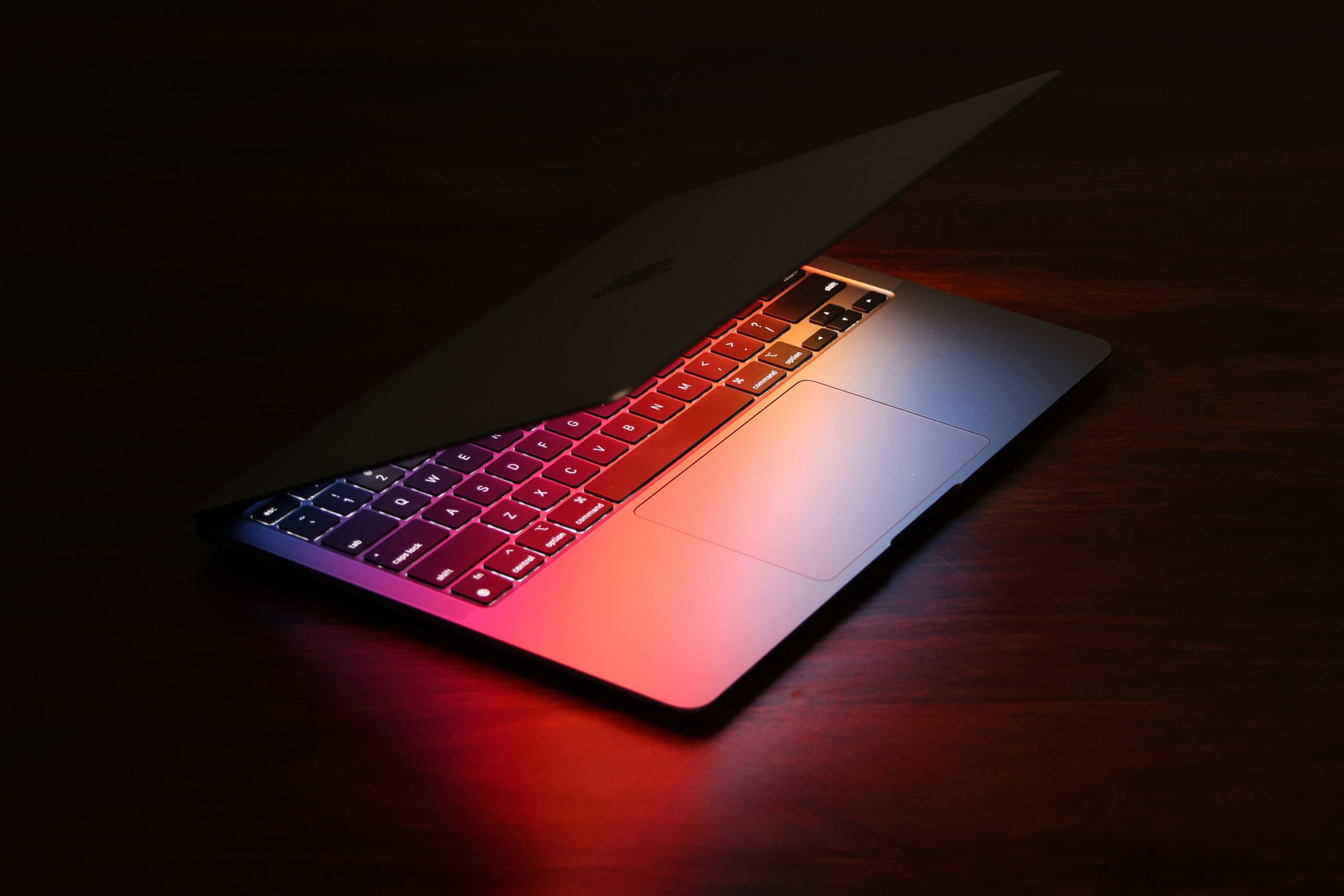
Troubleshooting Tips, Solutions, and Common Mistakes Explained
📖 A Real-Life Story: The Day My Dual Monitor Setup Failed
Samantha had just upgraded her PC setup. As a graphic designer working from home, she knew the importance of a dual monitor system for maximizing her productivity. The first monitor had been easy to set up—just plug it in, adjust the settings, and boom, she was ready to go. But when she attempted to connect her second monitor, things didn’t go as smoothly.
She powered up her PC, plugged in the HDMI cable to the second monitor, and waited for that familiar screen to light up. But nothing happened. The second monitor remained blank, while her primary monitor worked fine. Confused, Samantha checked the cable connections and even tried swapping the monitors—still, no signal on the second one.
Frustrated, she Googled, “Why can’t my PC detect a second monitor?” and found herself overwhelmed with troubleshooting guides and forum posts. Little did she know that the problem wasn’t as complicated as it seemed. It turned out to be a simple issue with settings, but the experience made her realize how many people face this common problem.
If you’ve found yourself in a similar situation, keep reading. In this blog post, we’ll explore why your PC can’t detect a second monitor and how to solve it step-by-step, so you can avoid the stress and get back to being productive.
🧐 Common Reasons Your PC Can’t Detect a Second Monitor
Before jumping into the solutions, let’s first explore the potential reasons why your PC might not be detecting a second monitor:
- Cable and Port Issues
It may sound basic, but sometimes the issue is as simple as a faulty or improperly connected cable. An HDMI, VGA, or DisplayPort cable may not be connected securely, or it could be damaged. Additionally, your PC’s video output ports may not be working properly.
- Graphics Card or Driver Problems
Your PC’s graphics card might not be set up to handle dual monitors, or it might have outdated or corrupt drivers that prevent the second monitor from being detected.
- Monitor Settings
Your second monitor may need to be manually set up to work in extended mode, or the input source might not be set correctly (e.g., HDMI 1 vs. HDMI 2).
- Display Settings Configuration
Your display settings in Windows might be misconfigured, especially if you’ve recently updated your operating system or changed hardware configurations.
- Hardware Compatibility
Some older graphics cards or laptops may not support dual monitor setups, or they might require additional adapters or software.
🛠️ Step-by-Step Troubleshooting: Fixing a Second Monitor Not Detected
Now that we’ve established some potential causes, let’s dive into troubleshooting. These steps are simple, effective, and will help you pinpoint the problem in no time.
Also Read , What Should I Do If My Laptop Screen Is Black?
🖥️ 1. Check the Cable and Port Connections
It’s easy to overlook the basics, but the first thing you should check is your cable connection.
- Ensure the cables are securely connected: Both the monitor and your PC should be properly connected. If you’re using HDMI, ensure the cable is securely plugged into both the monitor and the PC.
- Test the cable: Sometimes, the cable itself might be faulty. Try using a different cable or swapping the cable with the one that connects your primary monitor.
- Switch ports: If your PC has multiple video output ports (like HDMI, DisplayPort, or VGA), try connecting the second monitor to another port.

If none of this works, move on to the next steps.
💻 2. Check Your Display Settings in Windows
If your cables and ports are in good shape, the next place to check is your display settings in Windows.
Steps for Windows 10/11:
- Right-click on the desktop and select Display Settings.
- Scroll down to the Multiple Displays section.
- Click Detect to force Windows to look for other monitors.
- If the second monitor is detected, you can choose to extend the display, duplicate it, or use it as the primary monitor.
Advanced Settings:
If that didn’t work, you can try adjusting the display settings manually. Click Advanced Display Settings and make sure the second monitor is listed. If it’s not, try adjusting the Display Adapter Properties.
🔄 3. Update Graphics Drivers
Outdated or missing drivers can be a major roadblock. Windows automatically installs drivers, but sometimes they may not be the latest versions. Here’s how you can update your graphics drivers:
- Open Device Manager (press Windows Key + X and choose Device Manager).
- Expand Display Adapters, right-click on your graphics card, and select Update Driver.
- Choose Search automatically for updated driver software.
- If an update is available, Windows will install it. Restart your PC after the update.
If you’re using a dedicated graphics card (like an Nvidia or AMD card), you can also visit the manufacturer’s website to download the latest drivers.
Also Read , How to Clean Dust from a Desktop PC? (Without Breaking Anything!)
🔧 4. Check Monitor Settings
It’s not just your PC settings that matter. Sometimes the monitor itself could be the culprit.
- Check input settings: Ensure your second monitor is set to the correct input source. For example, if you’re using HDMI 2, the monitor should be set to that HDMI port rather than HDMI 1.
- Reset the monitor: Some monitors have an option to reset them to factory settings. You can use the on-screen display menu to do this.
🔌 5. Try Restarting Your PC
It might sound simple, but restarting your computer can solve a range of hardware detection issues. Sometimes, Windows simply needs to reinitialize the hardware and recognize the second monitor.
🔌 6. Check for Windows Updates
Sometimes, your PC’s inability to detect a second monitor can be related to a Windows bug. Regular Windows updates often include bug fixes for display issues, so make sure your PC is up to date.
- Go to Settings > Update & Security.
- Click Check for Updates and install any pending updates.
🧠 7. Use the Display Troubleshooter
Windows has a built-in troubleshooter that can help identify issues with multiple monitors.
- Open Settings and go to Update & Security > Troubleshoot.
- Select Additional Troubleshooters.
- Find and run the Display troubleshooter.
Also Read , How Do I Fix Wi-Fi Not Connecting on a Laptop? A Real-World Guide to Getting Back Online
The troubleshooter will scan your system for common issues and offer solutions.

🖱️ 8. Test the Monitor on Another PC
If you’ve tried all the steps above and your PC still can’t detect the second monitor, the issue might be with the monitor itself. Test the monitor by connecting it to another PC or laptop. If it works there, the problem is likely with your computer, not the monitor.
🔌 9. Check for Hardware Compatibility Issues
Some PCs—especially older laptops or budget systems—might not support dual monitor setups. Check your computer’s specs to confirm whether it can handle multiple displays.
- Graphics Card Limitations: Some integrated graphics cards only support one display.
- Laptop Display Limitations: Many laptops only support one external monitor. If your laptop has only one video output, you might need a USB to HDMI adapter or a display splitter.
💡 Common Mistakes to Avoid
When troubleshooting monitor connection issues, people often make a few common mistakes that waste time and cause unnecessary frustration. Here’s what to watch out for:
- Not checking the input settings on the monitor: Ensure your second monitor is set to the correct input.
- Ignoring driver updates: Outdated drivers are one of the main reasons monitors aren’t detected.
- Not using the correct cable: Some cables (like VGA vs. HDMI) might not support the full resolution or multiple displays.
- Forgetting to restart: Always restart your PC after making changes to display settings or updating drivers.
🔧 Conclusion: Getting Your Second Monitor Up and Running
So, why can’t my PC detect a second monitor? Whether the issue lies with the cables, drivers, display settings, or hardware limitations, there’s a solution for most problems. By following the troubleshooting steps outlined above, you’ll be able to quickly diagnose the issue and get your dual monitor setup up and running.
Dual monitors can significantly boost your productivity—whether you’re working on spreadsheets, editing photos, or just need extra screen real estate for multitasking. So, don’t let a simple problem like a second monitor not being detected stop you from enjoying the full benefits of your PC setup.
If you’re still having trouble after trying all the steps, it might be worth consulting a professional to help resolve any deeper hardware or software issues.
Also Read , How to Reinstall Windows Without Losing Files? A Simple Guide to Keeping Your Data Safe
image credit : unsplash.com


